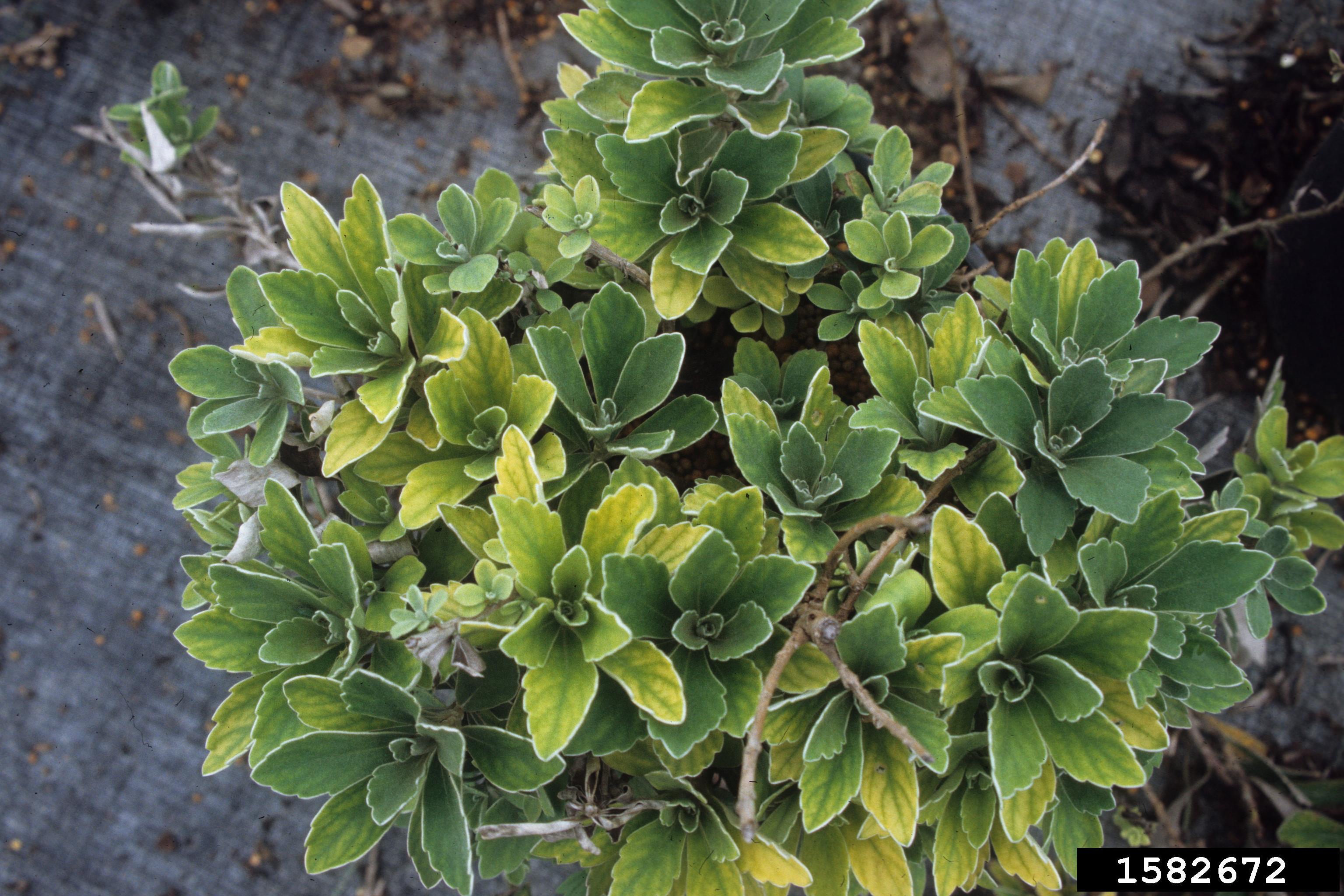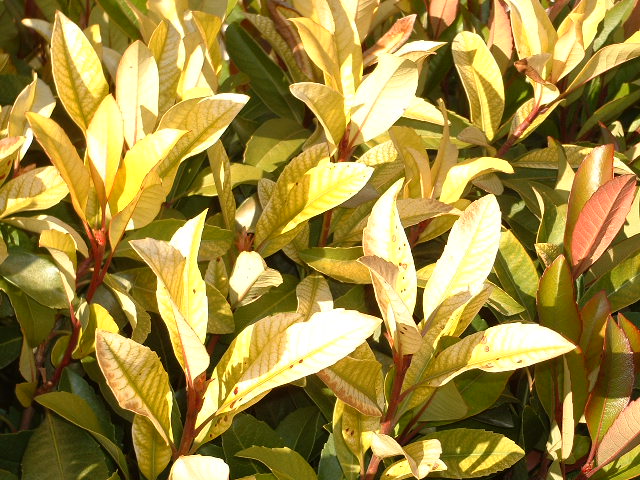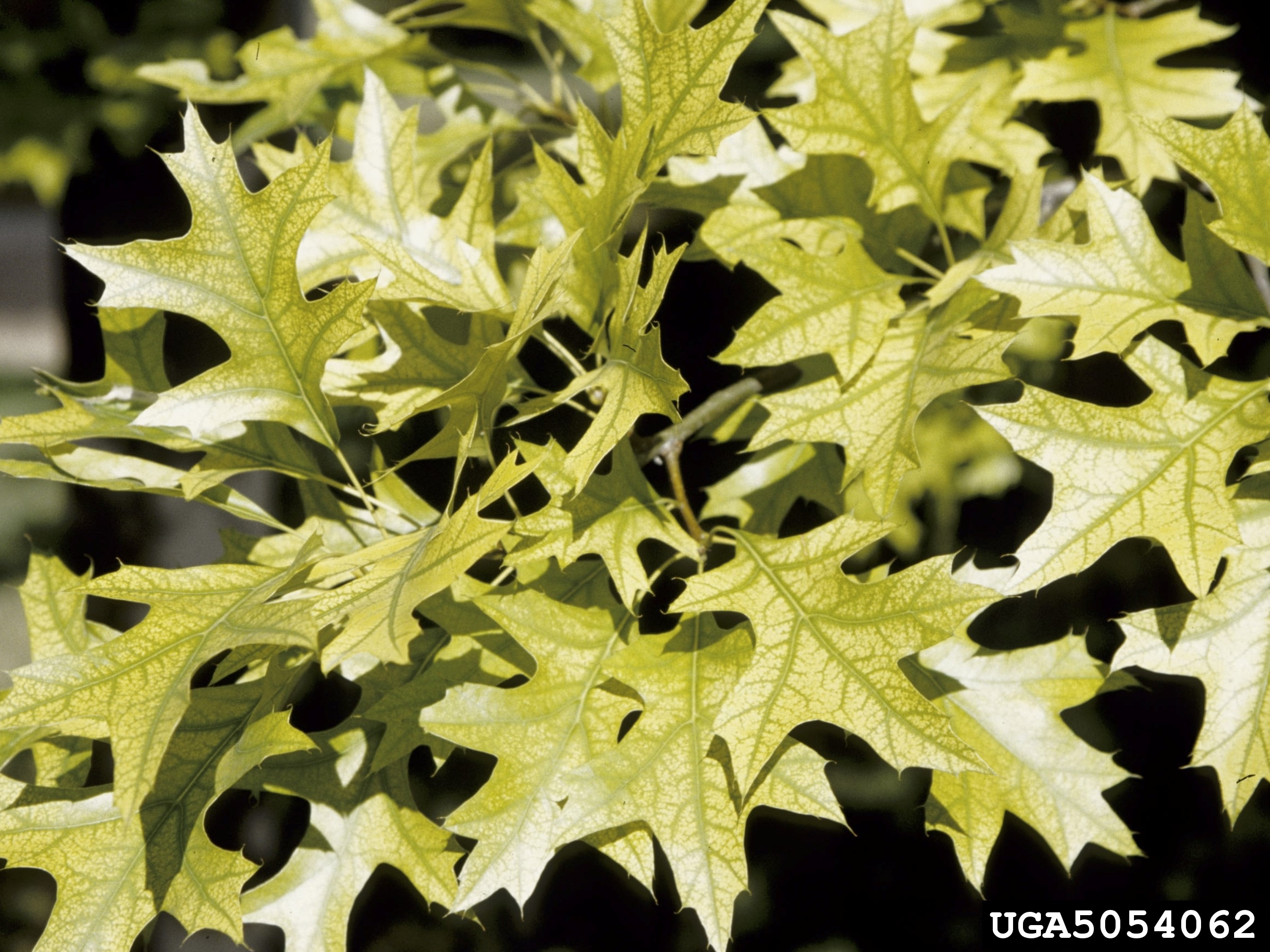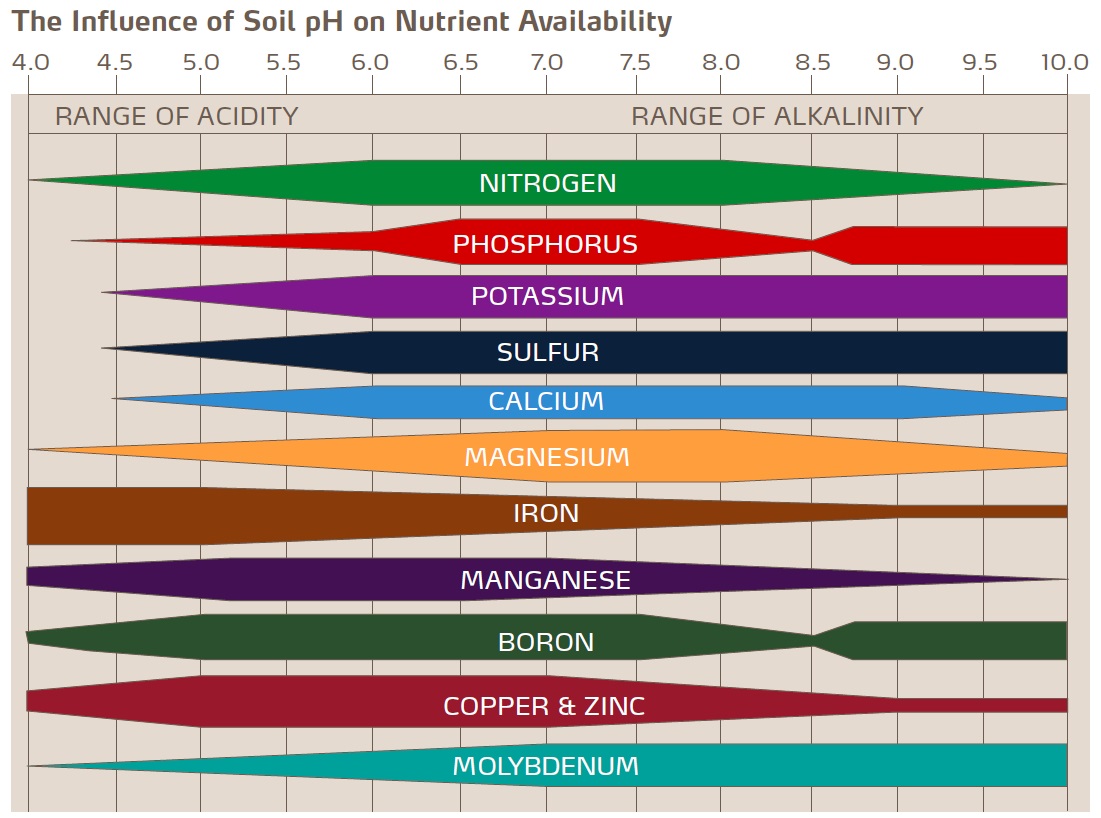 Using Fertilizers Wisely - March 3, 2021 Jeff Schalau, Agent, Agriculture & Natural Resources University of Arizona Cooperative Extension, Yavapai County Fertilizers are compounds that contain one or more essential plant nutrient(s) and are formulated to be applied to plants either through the soil or by foliar spray. They may: be organic or inorganic; be complete or incomplete; contain micronutrients or not; immediately available or time-released; and the list goes on and on. The range of products is virtually limitless. Fertilizers are useful in many situations. However, in my opinion, fertilizers Ė especially those containing nitrogen - are often overused by home gardeners in their landscapes. Fertilizers can be important for maintaining healthy lawns, productive irrigated pastures, flowering plants such as roses, productive fruit trees and vegetable gardens, for annual flower beds, and indoor plants. However, when fertilizers are applied indiscriminately to woody ornamental plants, the result can be negative: causing excessive growth; weak wood; increased susceptibility to disease, an attraction to insect and vertebrate pests; decreased drought tolerance; and potential contamination of nearby rivers and streams. In my experience, native and drought- tolerant plants rarely need fertilizers and the negative effects listed can be even more extreme. Overuse of nitrogen-containing fertilizers leads to rapid plant growth which, in turn, requires more irrigation and may necessitate pruning. Fast growing wood is also more susceptible to breakage. While broken limbs should be removed by proper pruning, pruning wounds require additional energy to properly heal. If the wounds donít heal properly, then disease can move in. Insects and wildlife are attracted to nitrogen-laden plants because they provide more succulent foliage and higher levels of nutrition. Once you view your woody landscape plants in this light, I think you will get the picture. Past columns have discussed the various fertilizers available and their proper use. This columnís goal is to get you thinking about whether you should use them at all. Some experts tell you that fertilizers should be regularly applied to all your landscape plants. These recommendations are often misguided or are made to sell their products. My recommendation is to only use fertilizers on woody ornamentals when you have observed a specific nutrient deficiency. Fertilizers containing nitrogen are especially tempting because they encourage lush green foliage and rapid growth. The initial symptom of nitrogen deficiency is when the oldest leaves are a uniform light green or yellow coloration. As the deficiency progresses, the entire plant quickly becomes light green in color and growth rate virtually stops. You can be easily fooled into imagining a nitrogen deficiency in native and drought- tolerant plants because they do not grow fast when they are irrigated properly and many of them do not normally have dark green foliage. In northern Arizona, some plants do show iron deficiency symptoms in the spring Ė especially when growing in alkaline soils. This is often noticeable in red-tip Photinia (Photinia fraseri). Iron deficiency is exemplified when newly emerging leaves have interveinal chlorosis (yellow or whitish leaves with somewhat greener veins). This occurs because we have alkaline and sometimes, poorly drained soils that remain cool into late spring. Yet red-tip Photinia is evergreen and initiates growth in early spring. Iron deficiency can be treated with a foliar application of chelated iron to improve the leaf color, but in most cases, the chlorotic leaves usually green up once the soil warms up. Iron deficiency symptoms can be made worse when nitrogen fertilizer is applied. Here the plant is trying to grow even more leaves while iron availability is limited. Other acid-loving ornamental plants such as gardenia, azalea, rhododendron, white birch, and pin oak often display iron deficiency symptoms. These plants should be avoided where alkaline soils with a pH of 8 or greater are present. Native and drought-tolerant plants have adaptations that allow them to endure alkaline soil conditions. Among these adaptations are slow growth rates, root associations with mycorrhizal fungi, and the ability to conserve moisture during long periods without precipitation. If you think you are observing a nutrient deficiency symptom, be sure to analyze the situation for evidence of insects and/or disease. In addition, look at the irrigation system. The plant in question may not be receiving enough irrigation. Established woody landscape plants do best with deep infrequent irrigation applied in a fashion that encourages a widespread root system. If you think you may be observing a nutrient deficiency, donít hesitate to consult Cooperative Extension. Yavapai County Master Gardeners are standing by to assist you! You can follow the Backyard Gardener on Twitter Ė use the link on the BYG website. If you have other gardening questions, email the Master Gardener Help Desk in Prescott (prescottmg@gmail.com) or Camp Verde (verdevalleymg@gmail.com) and be sure to include your name, location, and phone number. Find past Backyard Gardener columns or provide feedback at the Backyard Gardener web site: https://cals.arizona.edu/yavapai/anr/hort/byg/. Images  Nitrogen deficiency in Chrysanthemum (Chrysanthemum pacificum) showing green new leaves and yellowing older leaves (John Ruter, University of Georgia, Bugwood.org).
Nitrogen deficiency in Chrysanthemum (Chrysanthemum pacificum) showing green new leaves and yellowing older leaves (John Ruter, University of Georgia, Bugwood.org). Iron deficiency in red tip Photinia (Photinia fraseri) showing yellow leaf surfaces with green leaf veins (interveinal chlorosis) on newest leaves (from: xtremehorticulture.blogspot.com).
Iron deficiency in red tip Photinia (Photinia fraseri) showing yellow leaf surfaces with green leaf veins (interveinal chlorosis) on newest leaves (from: xtremehorticulture.blogspot.com). Iron deficiency in pin oak (Quercus palustris) showing yellow leaf surfaces with green leaf veins (interveinal chlorosis) on newest leaves (Joseph OBrien, USDA Forest Service, Bugwood.org).
Iron deficiency in pin oak (Quercus palustris) showing yellow leaf surfaces with green leaf veins (interveinal chlorosis) on newest leaves (Joseph OBrien, USDA Forest Service, Bugwood.org). Chart showing the influence of soil pH on nutrient availability. Wide bars indicate higher nutrient availability and narrow bars indicate decreased nutrient availability (University of Florida/IFAS Extension, http://blogs.ifas.ufl.edu/marionco/files/2018/04/pH-Chart.png).
Chart showing the influence of soil pH on nutrient availability. Wide bars indicate higher nutrient availability and narrow bars indicate decreased nutrient availability (University of Florida/IFAS Extension, http://blogs.ifas.ufl.edu/marionco/files/2018/04/pH-Chart.png).Additional Resources Fertilizing Woody Ornamentals, Texas A & M Agrilife Extension aggie-horticulture.tamu.edu/earthkind/landscape/fertilizing-woody-ornamentals/ Fertilizing Trees and Shrubs, University of Maryland Extension extension.umd.edu/hgic/topics/fertilizing-trees-and-shrubs A Gardener's Guide to Fertilizing Trees and Shrubs, North Carolina State University Extension content.ces.ncsu.edu/a-gardeners-guide-to-fertilizing-trees-and-shrubs |